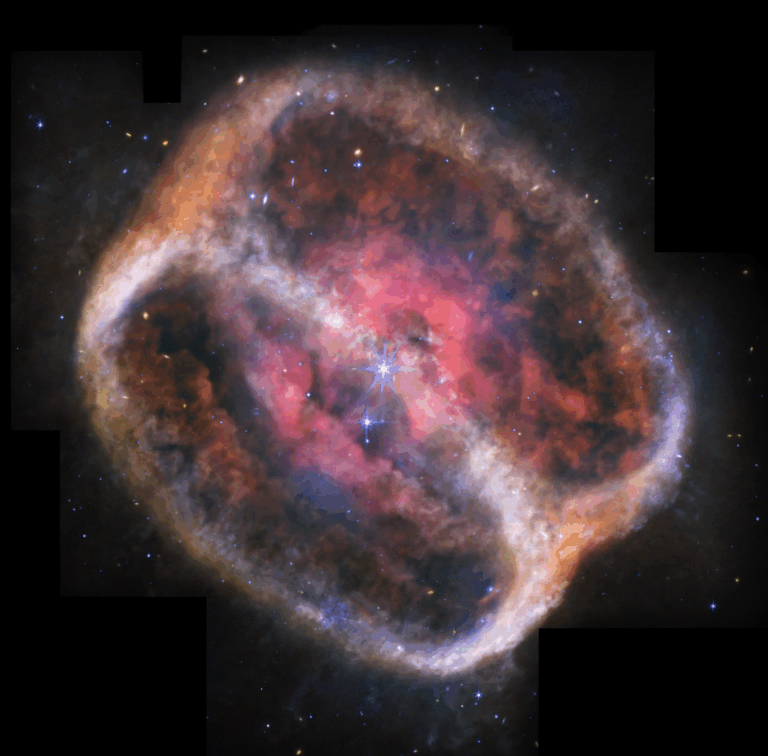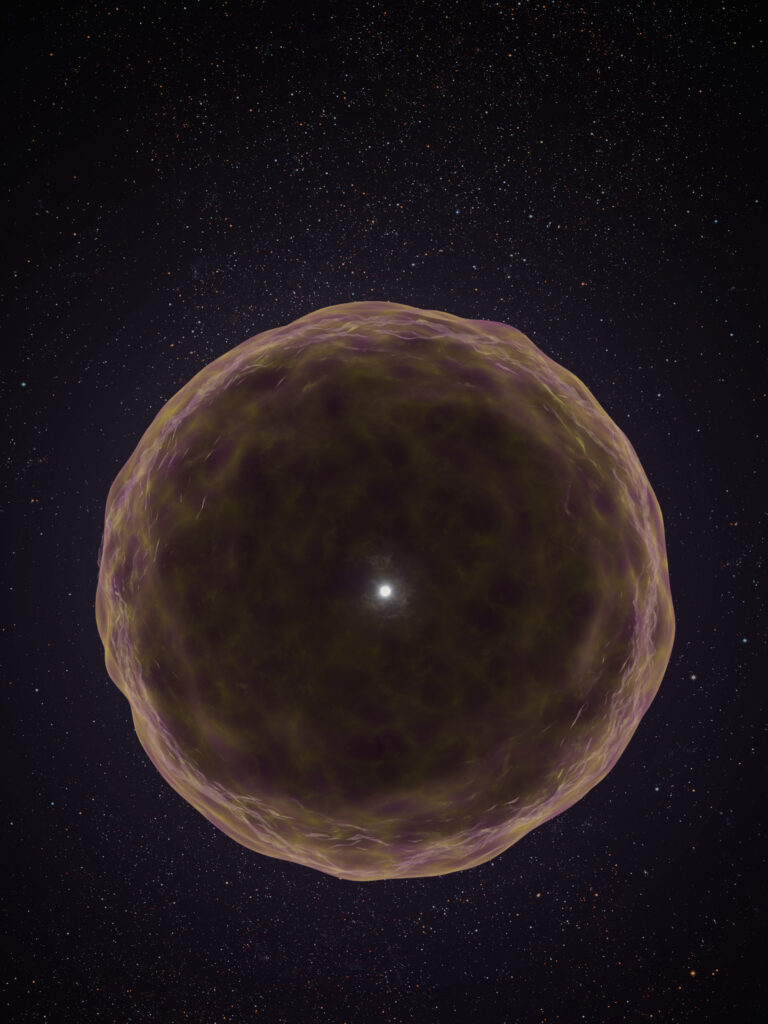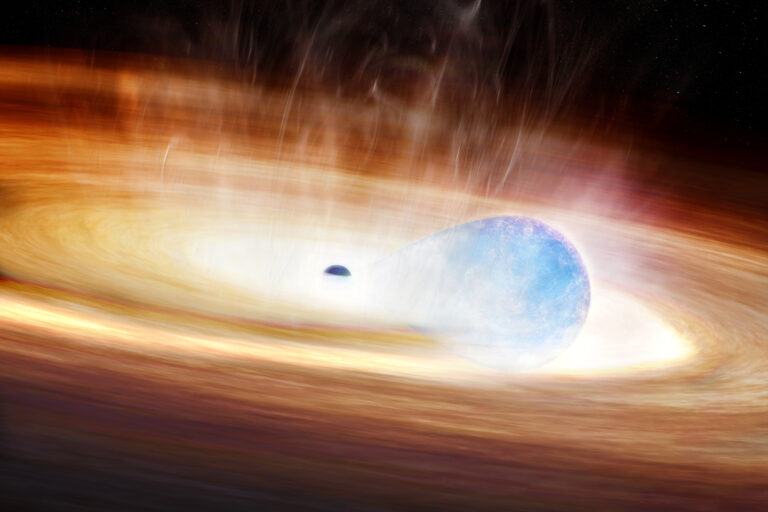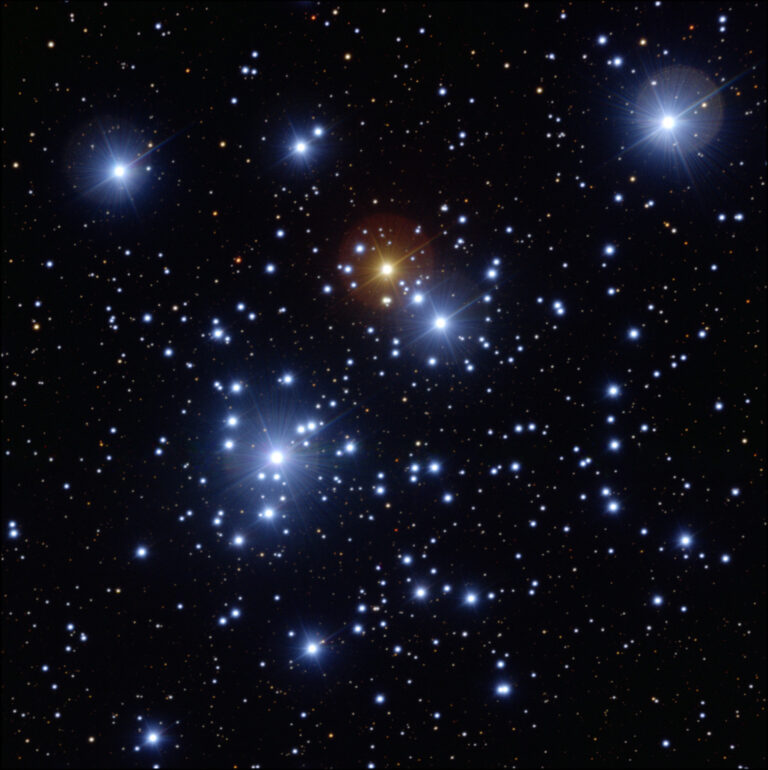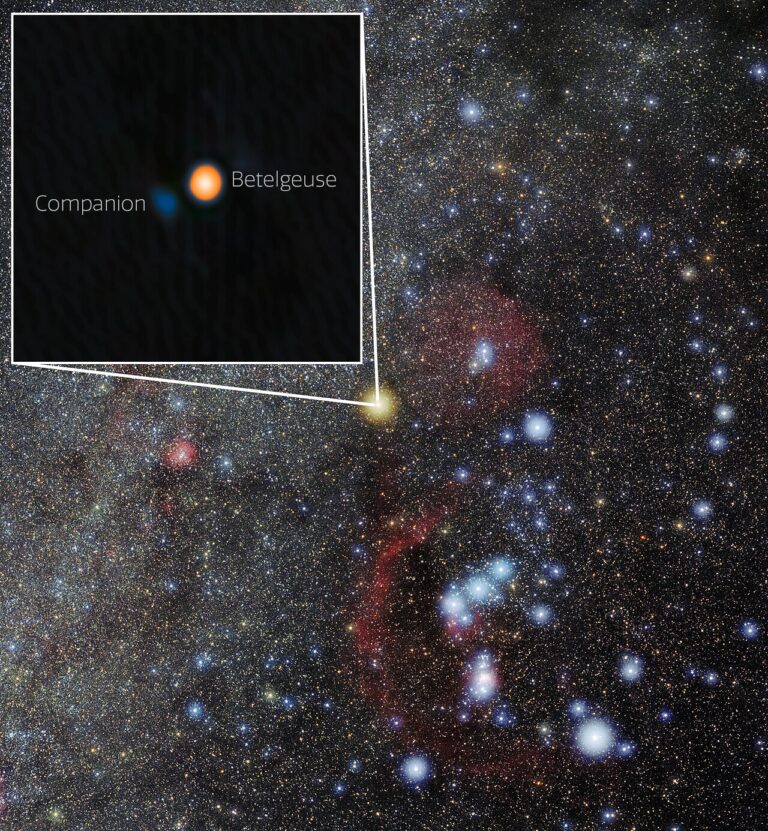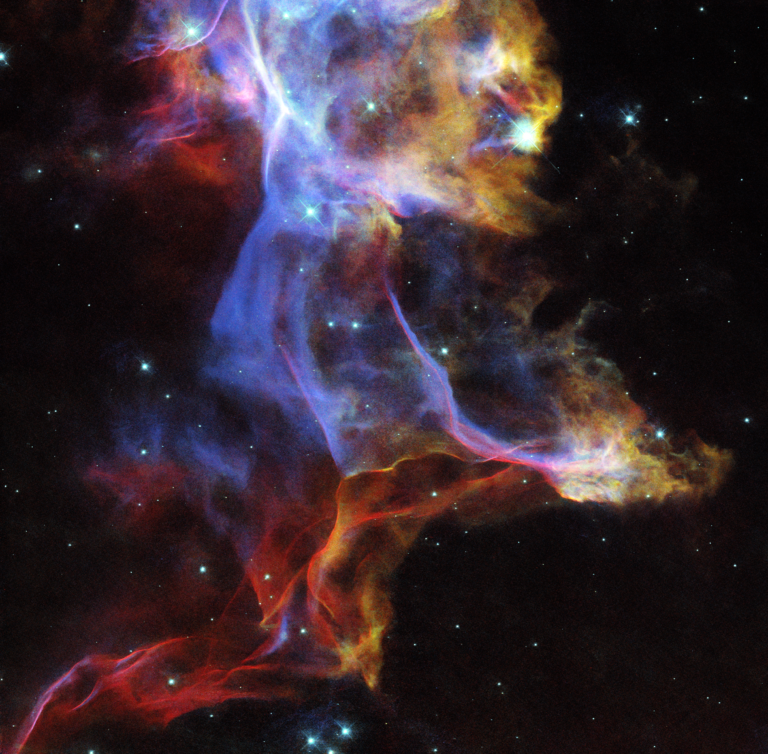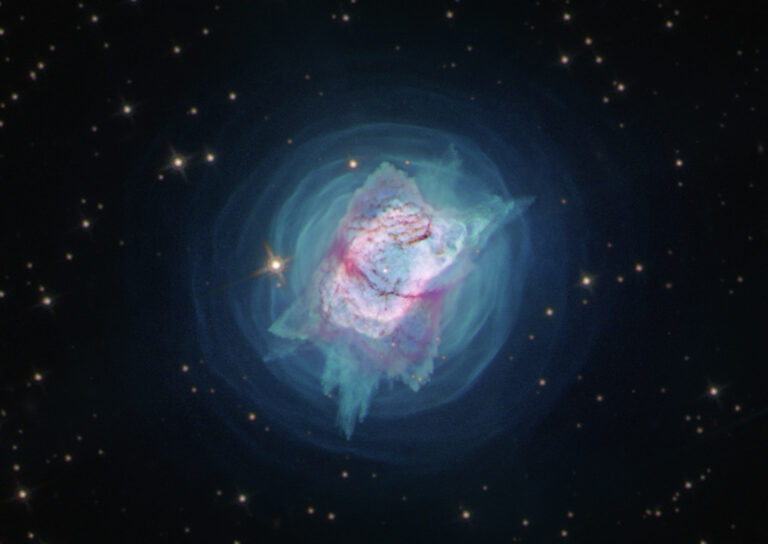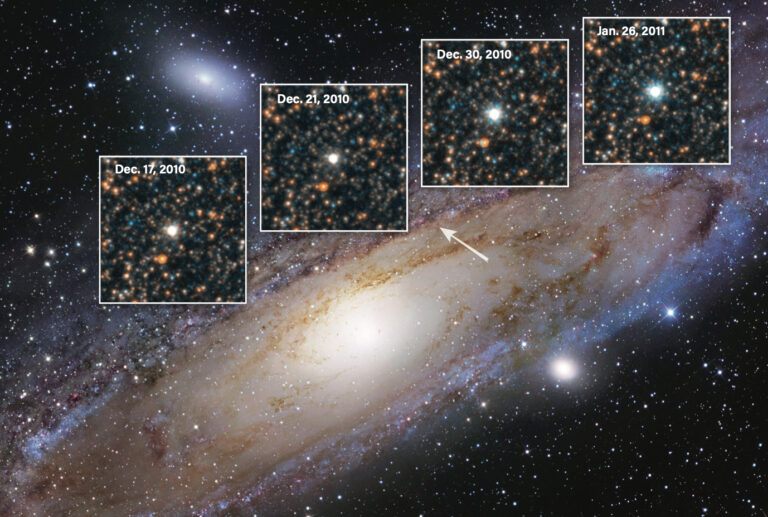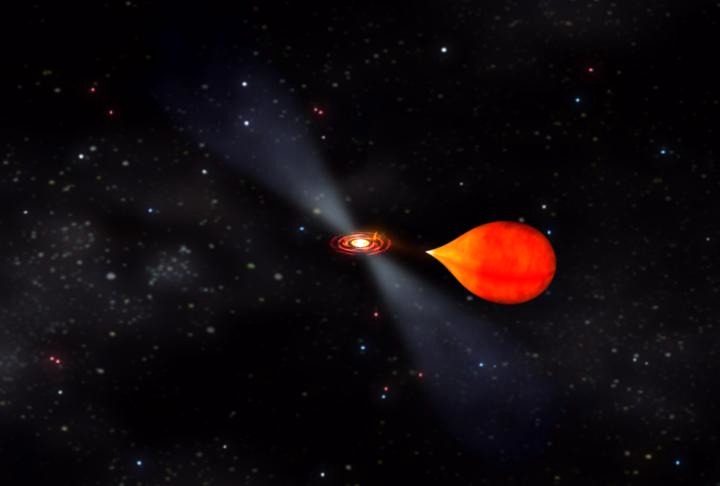Key Takeaways:
- A nearly perfect, circular shell of gas and dust, named Teleios, was discovered in space.
- Teleios's unusual shape is likely due to its isolated location in the galaxy.
- Teleios is unusually faint and only emits radio waves.
- Teleios's age and origin are currently unknown and under investigation.
In a universe governed by turbulence and chaos, perfection is rarely more than a mathematical ideal. Yet astronomers are puzzling over a newfound object that seems to defy that rule: a glowing, nearly flawless circular shell of gas and dust, likely the remnant of a long-dead star, that has remarkably preserved its shape in a universe where such order is uncommon.
Miroslav Filipović, an astronomer at the Western Sydney University in Australia, spotted the remnant while examining images captured in May last year by the Evolutionary Map of the Universe survey, which catalogs radio sources across the southern sky using the Australian Square Kilometre Array Pathfinder (ASKAP) telescope. The newfound remnant, named SNR G305.4-2.2 and estimated to span between 45 and 150 light-years, caught Filipović’s attention for its exceptional symmetry. He named it Teleios — Greek for “perfect” or “complete.”
“This one was extraordinarily obvious,” Filipović recalls. “The size of the object and the type of the object — there is nothing even remotely close to that.”
A little bubble in space
Although stars begin their lives as almost perfect spheres, their violent deaths are anything but orderly. In their final moments, a star’s core becomes wildly unstable, boiling and sloshing as it implodes under its own gravity. This internal turmoil propels stellar material outward in all directions, but rarely in a uniform way, giving rise to beautiful cosmic wrecks. As the blast wave expands, it’s shaped by the complex environment of the interstellar medium, including galactic magnetic fields, clumps of gas and dust, and scattered debris such as remnants from earlier stellar explosions. These obstacles can sculpt the remnant into the dramatic, irregular structures seen in some of the most iconic supernova remnants.
“They’re very rarely perfectly spherical,” says Yvette Cendes, a radio astronomer at the University of Oregon who was not involved in the discovery. By contrast, Teleios displays no obvious signs of distortion or deformation that would hint at interaction with denser gas clouds, nearby stars or other obstacles. “It’s quite the little bubble in space,” Cendes says. “It’s what you tell your students it should look like if it had a shock [wave] going out in all directions.”
In a paper posted to the arXiv preprint server in May and set to appear in the Publications of the Astronomical Society of Australia, Filipović and his team suggest that Teleios’ near-perfect shape may be due, in large part, to its location at about two degrees away from the flat, disclike region of the galaxy where most of its stars, gas, and dust are densely packed. In this more isolated neighborhood, there are far fewer stars, clouds and cosmic clutter compared to the crowded galactic plane, a rarefied environment that would allow Teleios’s shockwave to expand almost untouched, the new study suggests.
“That makes perfect sense to me,” says Cendes. “It’s a pretty clean environment.”
A ghost without a past
Teleios is not just notable for its shape – it’s also remarkably faint. Its surface brightness is among the lowest ever recorded for a galactic supernova remnant. Even more puzzling, it appears to glow only in radio wavelengths, remaining elusive across most of the electromagnetic spectrum. No historical supernova has been recorded in that region of the sky, and the object appears absent from older astronomical surveys.
Estimates for Teleios’s age range widely—from less than 1,000 years to over 10,000—yet neither extreme fits the characteristics astronomers typically expect for supernova remnants. If it’s young, its faintness is puzzling. If it’s old, how it has maintained such a perfect, undistorted shape for so long remains a mystery, according to the new study.
“The more we investigated, the more we were surprised,” says Filipović. “The suspicion here is that we have a special environment which we didn’t see before.”
One possibility is that its surroundings were cleared out millions of years ago by an earlier supernova explosion. This prior blast could have swept away most of the gas and dust, leaving behind an almost pristine pocket of space in which Teleios’s shockwave could expand mostly undisturbed.
Another idea the researchers are considering is that Teleios originated from a runaway massive star. Such a star could have been ejected from its birth cluster after its companion exploded, then traveled far and eventually detonated in isolation. “There are plenty of runaway stars wandering around, so it’s quite possible,” Filipović says.
Future observations may detect Teleios beginning to interact with any surrounding material. Current data show a whiff of excess radio emission along the southeastern edge of the shell, which researchers suspect is due to interactions with local interstellar medium structures. Such encounters could slow and distort the shockwave, offering valuable clues about the remnant’s age, location and the energy of the original explosion.
Additionally, the team is searching for evidence of a so-called “zombie star,” a surviving remnant left at the center of certain types of supernovae known as Type Ia explosions. These explosions typically happen in binary star systems where a white dwarf star siphons material from a companion until it reaches a critical mass and detonates, leading to brief but intense brightening events.
While astronomers expect many supernova remnants remain to be discovered, the fact that Teleios was spotted at all “is pure luck,” Filipović says. Had it been located closer to the galactic plane, surrounded by countless stars and clouds, it could have easily been lost in the noisy backdrop of the Milky Way.
It may take another stroke of luck to find a remnant like Teleios, says Filipović. “If we are super lucky, we may see another two,” he adds. “But this type of object — let’s put it this way: the chances are against us.”

